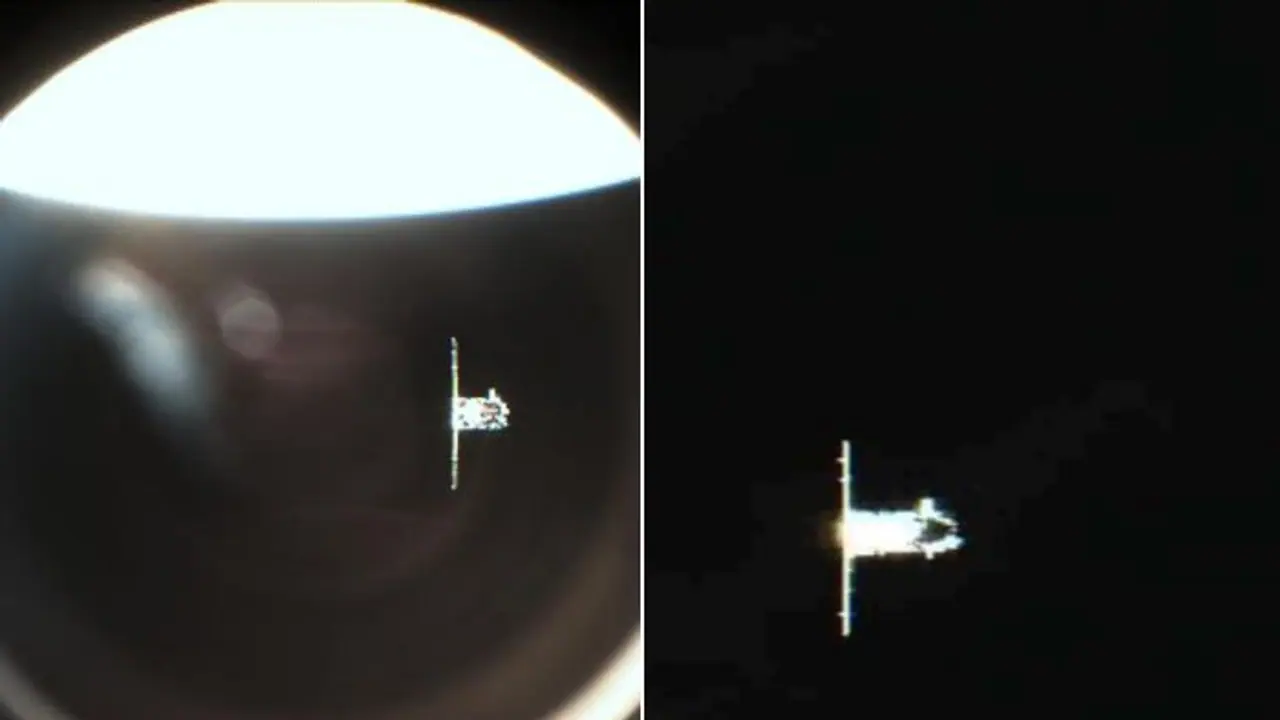ISRO postponed its first space docking experiment, SpaDeX, after a successful trial to analyze data. The chaser and target satellites were manoeuvred to 15 meters but faced delays due to alignment validation and drift issues. Docking remains complex, with efforts ongoing.
The Indian Space Research Organisation (ISRO) postponed its much-anticipated first space docking experiment, SpaDeX (Space Docking Experiment), after conducting a trial early Sunday. The agency decided to analyze the trial data before proceeding with the final docking procedure but did not provide a specific timeline for its completion.

ISRO announced, “A trial attempt to reach up to 15 meters and further to 3 meters is done. Spacecraft have been moved back to a safe distance. The docking process will be carried out after further data analysis.” The space agency has been meticulously performing various manoeuvres between the two SpaDeX satellites — designated as the chaser and the target — since shortly after midnight.
At 3:10 am, ISRO successfully reduced the distance between the satellites from 230 meters to 105 meters. A couple of hours later, the spacecraft achieved a holding position at 15 meters. ISRO shared images and videos of the satellites captured by each other, generating excitement among space enthusiasts.
The next planned move was to reduce the distance to 3 meters and initiate the docking command. However, ISRO opted for a cautious approach, performing a trial to validate alignment and other parameters before attempting the final docking.
Following the launch of SpaDeX on December 30, ISRO initiated a series of step-by-step procedures, each carefully monitored and cleared before advancing to the next stage. The docking attempt has faced multiple postponements.
On January 7, ISRO deferred the docking, citing a need for further ground simulations to address an abort scenario identified during the process. A second postponement occurred on January 9, when the agency detected an unexpected drift between the two satellites during a manoeuvre to reach a distance of 225 meters.
Despite the setbacks, ISRO managed to stabilize the drift and positioned the spacecraft for a slow approach. By January 11 evening, the satellites reached a controlled distance of 230 meters. The agency confirmed, “Satellites are in a safe holding position, and all sensors are being evaluated. The spacecraft's health is normal.”
Docking in space is a highly complex procedure, mastered by only three nations: the United States, Russia, and China. ISRO’s cautious and meticulous approach highlights the technical challenges of ensuring a flawless docking process.
As ISRO continues to analyse the trial data, the space agency’s efforts to advance India's capabilities in space docking underscore its commitment to achieving precision in this challenging domain.
